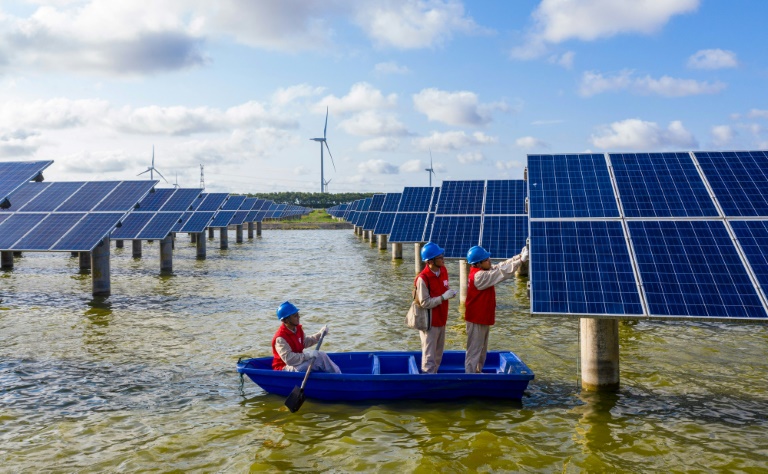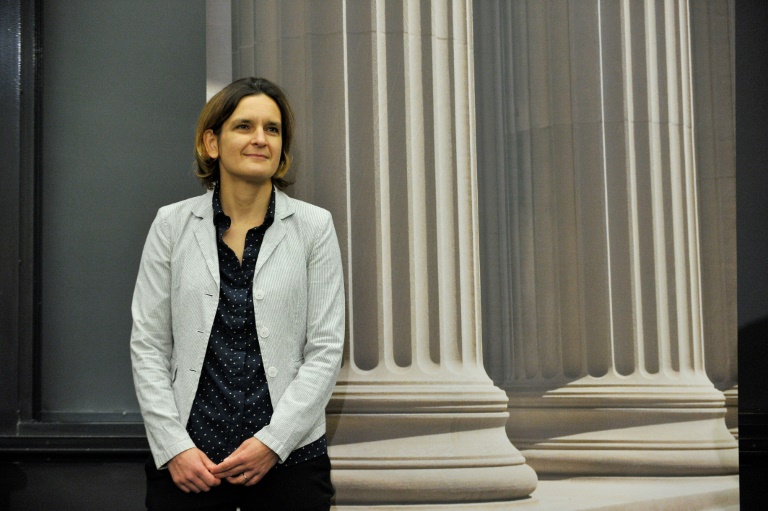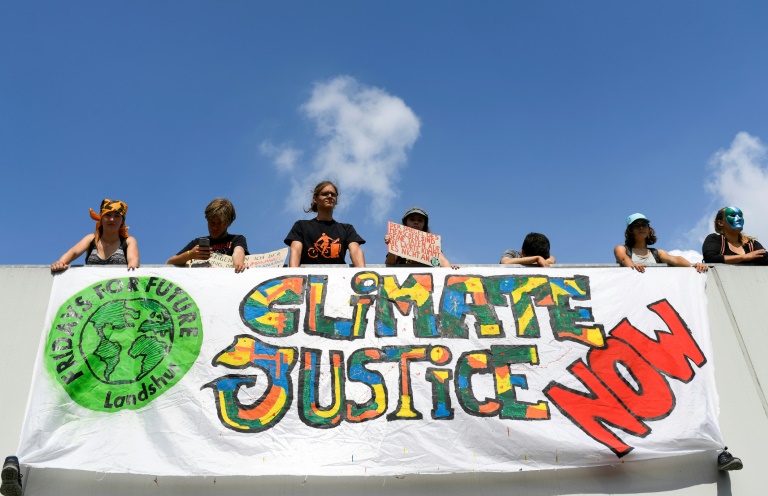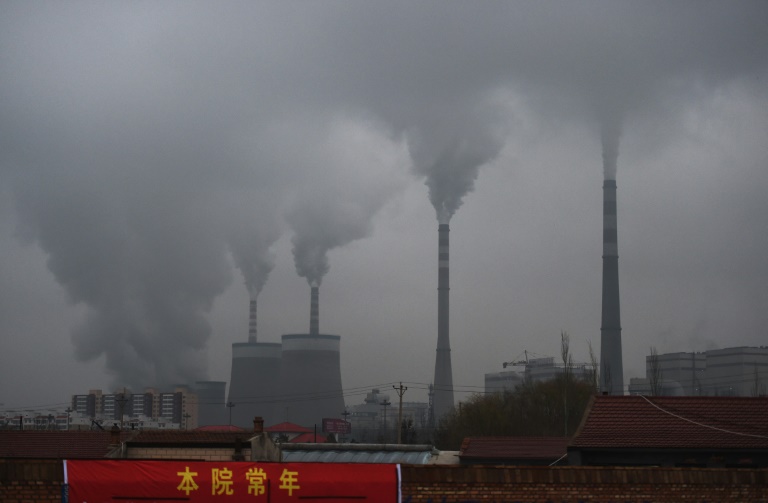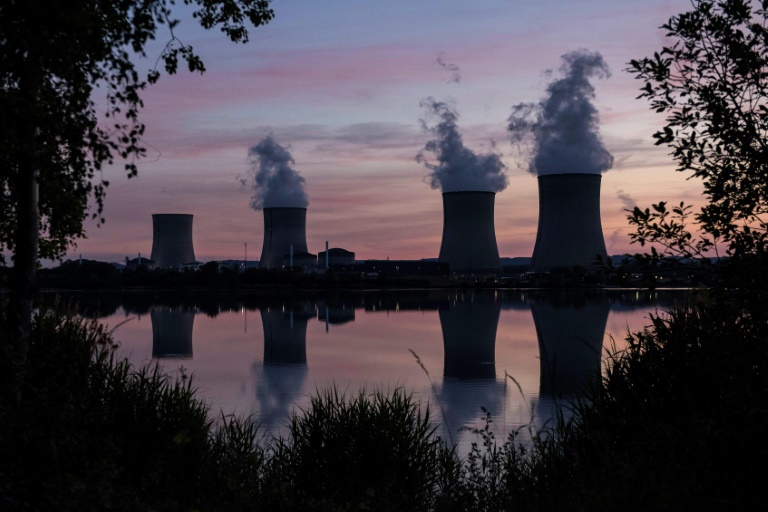Key UN biodiversity summit to open in China
A key UN summit tasked with protecting biodiversity officially opens in China and online Monday, as countries meet to tackle pollution and prevent mass extinction weeks before the COP26 climate conference.
Beijing, the world’s biggest polluter, has sought to position itself in recent years as a world leader on climate issues after Washington’s withdrawal from international commitments under the Trump administration.
The online session that begins Monday afternoon — setting the stage for a face-to-face meeting in April — will see parties to the Convention on Biological Diversity (CBD) working out the details of a new document that will set targets for protecting ecosystems by 2030.
Up for debate are the “30 by 30” plan to give 30 percent of lands and oceans protected status — a measure supported by a broad coalition of nations, as well as a goal to stop creating plastic waste.
China has not yet committed to the “30 by 30” plan.
This year’s COP15 gathering, hosted in the southwest city of Kunming, was originally set for 2020 and postponed due to the Covid-19 pandemic.
Around one million animal and plant species are threatened with extinction amid human encroachment on habitats, over-exploitation, pollution, the spread of invasive species, and climate change.
The CBD has been ratified by 195 countries and the European Union — although not the United States, the world’s biggest historical polluter — with parties meeting every two years.
– Division over targets –
China said on Friday it has “given high priority to the protection of biodiversity by establishing a network of protected areas and national parks.”
And this week Beijing is expected to unveil a statement known as the Kunming Declaration, which would set the tone for its environmental leadership.
But sharp divisions remain over the targets for urgent action over the next decade.
France and Costa Rica are among a coalition of support for the initiative to declare 30 percent of oceans and lands protected areas before 2030.
But when scientists called for more ambitious protection of half of Earth’s biodiversity, Brazil and South Africa strongly opposed.
Other sources of tension surround financing, with developing nations asking rich countries to foot the bill for their ecological transitions.
These issues will be at the heart of negotiation sessions set to take place in Geneva in January 2022.
The biodiversity discussions at COP15 are separate from weightier COP26 summit set to begin next month in Glasgow, where world leaders are under pressure to act on the climate crisis.
The Glasgow summit faces a packed agenda dominated by efforts to persuade countries such as China and India to commit to binding “nationally determined contributions” towards net zero emissions.
China has pledged to peak carbon emissions in 2030 and reach zero emissions by 2060, but environmentalists have flagged the huge amount of coal-fired power being brought online in recent years by the world’s top emitter of greenhouse gases.


